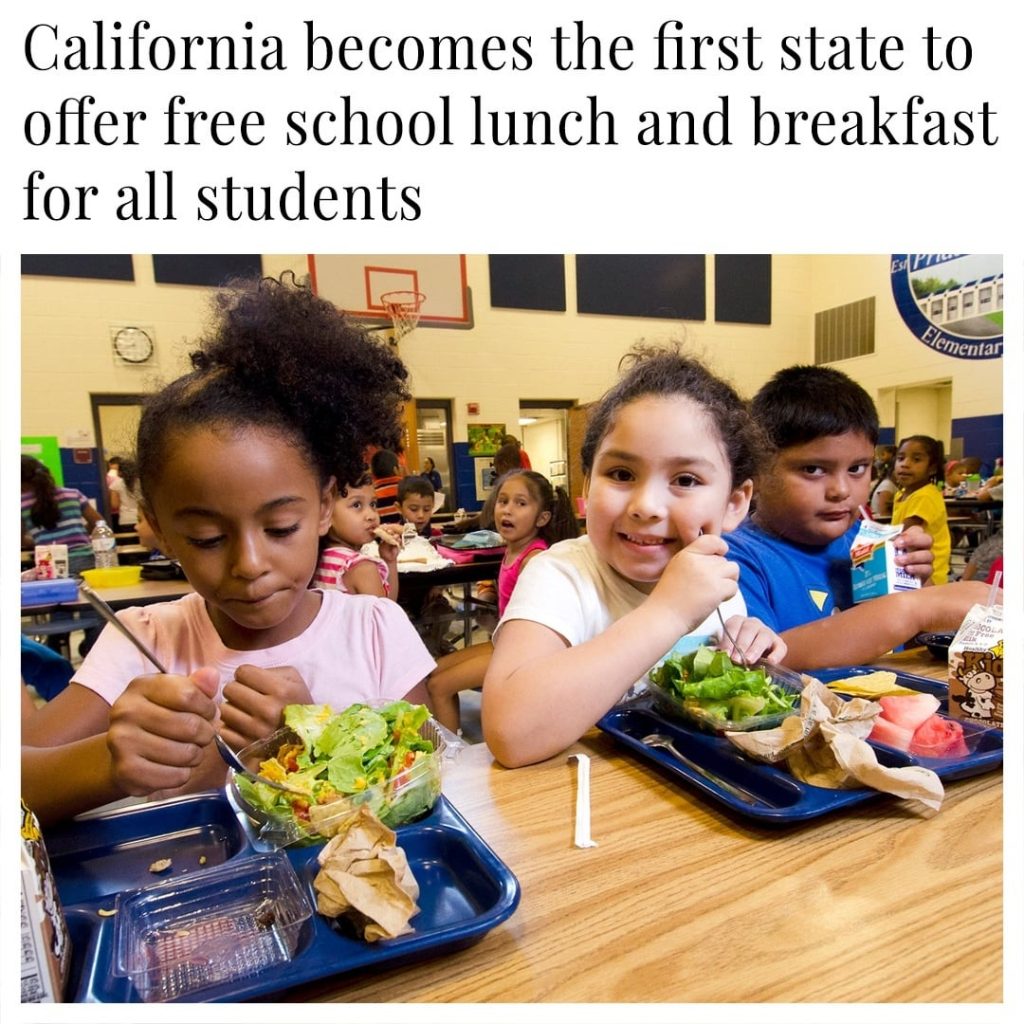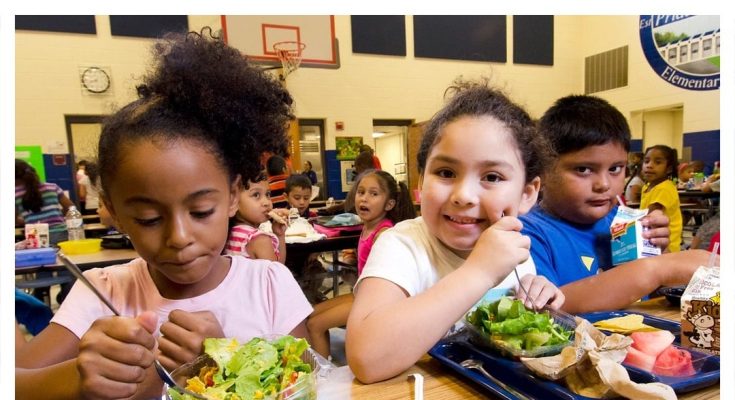
In a groundbreaking step toward educational equity and child welfare, California has become the first U.S. state to offer free school breakfast and lunch to all students, regardless of income. This initiative, already being hailed as a model for other regions, was created to combat food insecurity and support academic achievement for millions of school-aged children.
A Bold Vision Realized
The Universal Meals Program, funded by the state of California and bolstered by federal support, began in the 2022–2023 school year. With full implementation now complete, over 6 million students across the state benefit from healthy, no-cost meals every school day.
“No student should be distracted by hunger in the classroom,” said California Governor Gavin Newsom. “This is about fairness, health, and giving every child a real chance to succeed.”
Ending Lunch Shaming and Inequality
Historically, students from low-income families have relied on free or reduced-price meals through the National School Lunch Program. However, many children still fell through the cracks — either due to paperwork barriers, stigma, or eligibility thresholds.
Under California’s universal model, every student receives meals with dignity, eliminating the negative effects of “lunch shaming” and ensuring no child is left out.
“This is about more than food,” said State Superintendent Tony Thurmond. “It’s about respect, equity, and creating a nurturing environment where all kids can thrive.”
What’s on the Menu?
The state has also invested in higher-quality, locally sourced meals. Many schools now offer fresh fruits, vegetables, whole grains, and culturally diverse menu options that reflect the student population.
“We’re feeding our children, supporting local farms, and building healthier communities — all at once,” said Lisa Rogers, a nutrition director in the Los Angeles Unified School District.
Impact Beyond the Cafeteria
Research shows that students who eat regular, nutritious meals:
- Perform better academically
- Have improved focus and behavior
- Experience fewer disciplinary issues
- Have better long-term health outcomes
Moreover, for working families struggling with high grocery prices, free school meals relieve financial stress, potentially saving households hundreds of dollars per child each year.
Inspiring a Global Movement
Advocates are urging other U.S. states — and countries — to follow California’s lead.
“What wonderful news,” said one observer. “Such a grand gesture should be made all over the world.”
As nations grapple with rising childhood hunger and income inequality, California’s approach is proving that large-scale, compassionate public policy is both possible and effective.
The Road Ahead
While California has taken a historic step forward, educators emphasize that this is just the beginning. Ongoing investment in school kitchens, staff training, and student feedback will ensure the program remains successful and sustainable.
“It’s time we see food not as a privilege, but as a right,” said education policy expert Dr. Angela Martinez. “California has shown what’s possible — now the rest of the world must follow.”

